Optimal Timing for Waterproofing Applications
Waterproofing is a critical component in protecting structures from water intrusion, which can lead to mold, decay, and structural damage. The effectiveness of waterproofing depends heavily on timing, weather conditions, and surface preparation. Properly scheduled waterproofing ensures longevity and optimal performance of the protective barrier.
Spring offers moderate temperatures and lower humidity, ideal for applying waterproofing materials. It allows sufficient curing time before the summer heat.
Early summer can be suitable if temperatures are consistent and rainfall is minimal, ensuring proper adhesion and curing of waterproofing products.
Fall provides cooler temperatures and less humidity, which can enhance the effectiveness of waterproofing applications before winter.
Winter is generally unsuitable due to freezing temperatures and increased moisture, which can compromise the application and curing process.
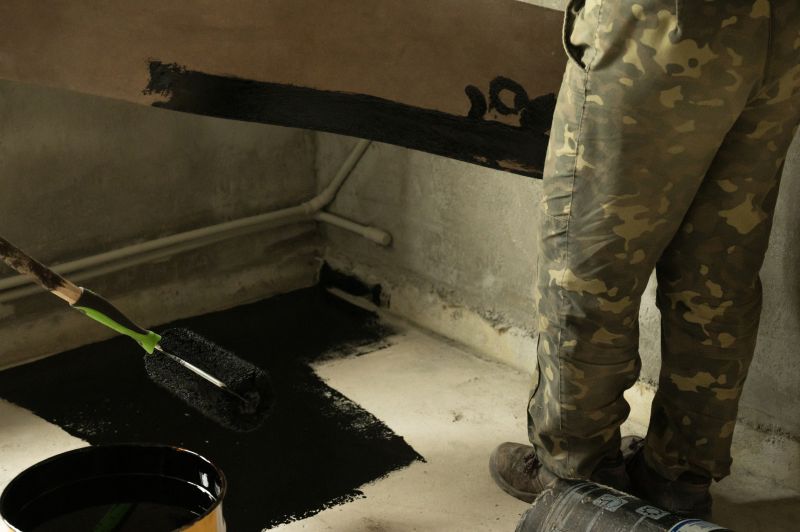
Ways to make Waterproofings work in tight or awkward layouts.

Popular materials for Waterproofings and why they hold up over time.
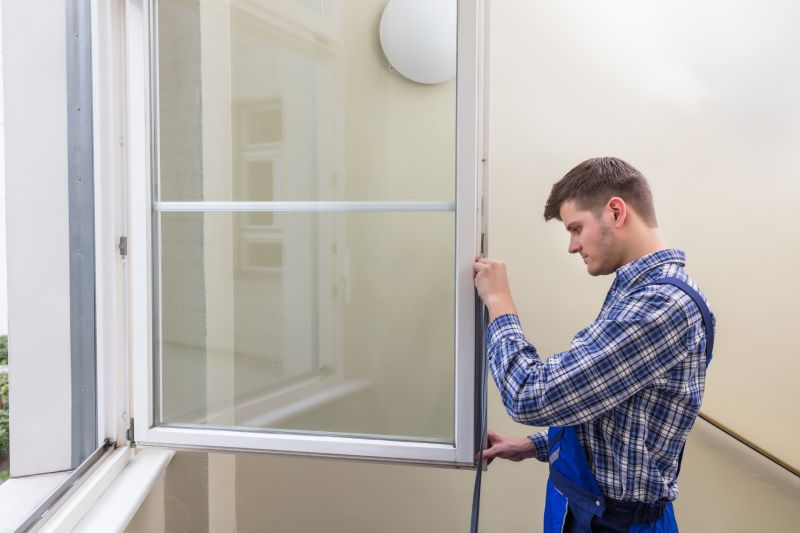
Simple add-ons that improve Waterproofings without blowing the budget.
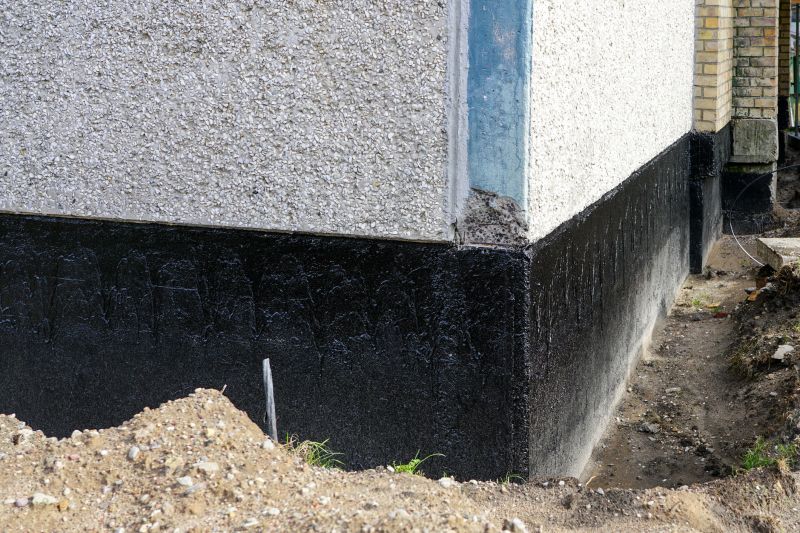
High-end options that actually feel worth it for Waterproofings.
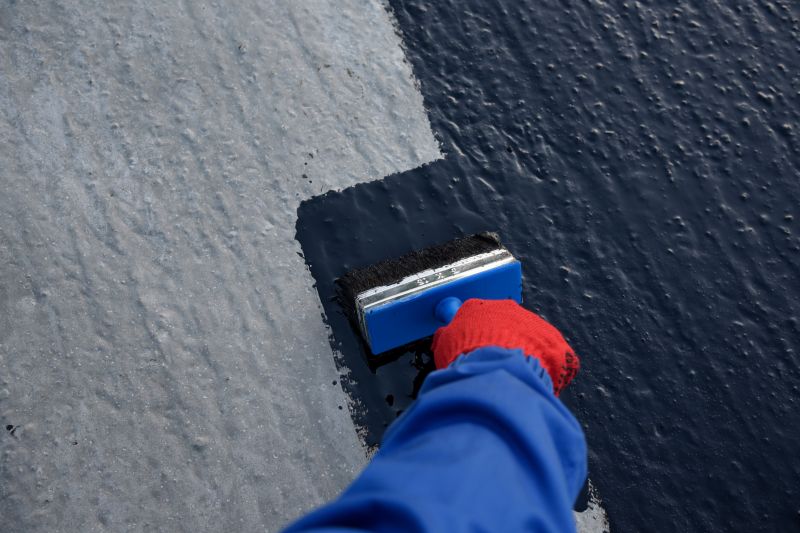
Finishes and colors that play nicely with Waterproofings.
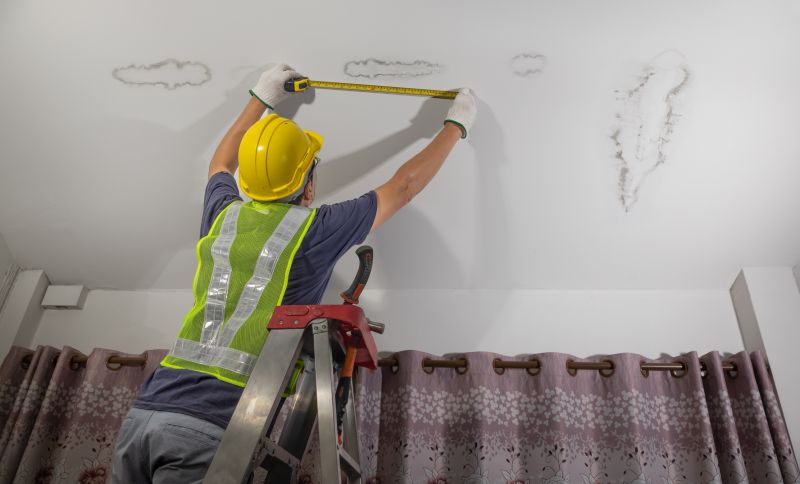
Little measurements that prevent headaches on Waterproofings day.
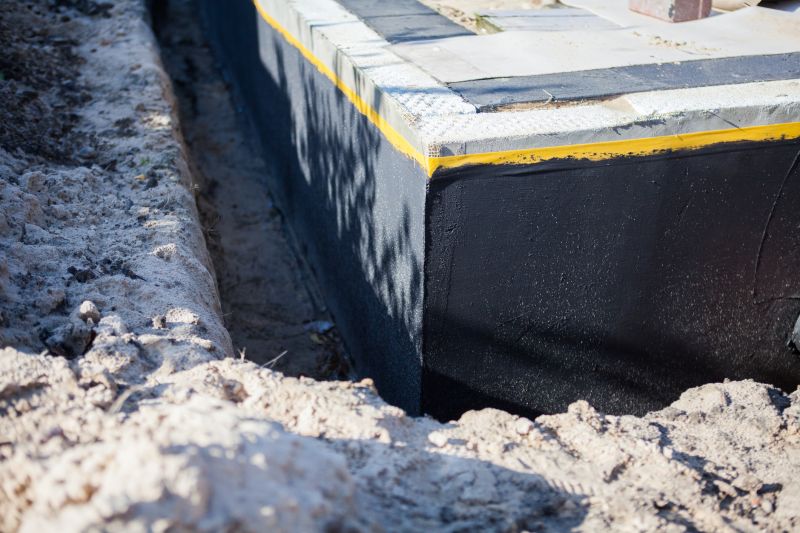
A 60-second routine that keeps Waterproofings looking new.
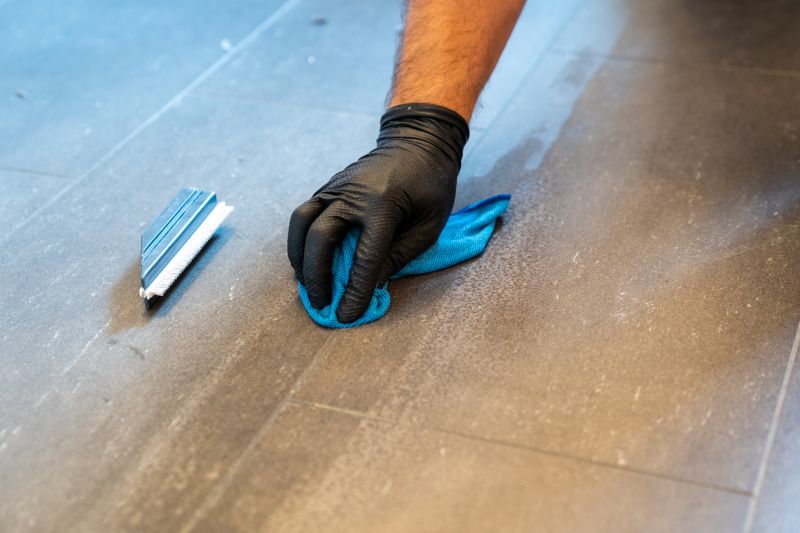
A frequent mistake in Waterproofings and how to dodge it.
| Season | Optimal Conditions |
|---|---|
| Spring | Moderate temperatures, low humidity, dry days |
| Summer | Warm temperatures, minimal rain, consistent conditions |
| Fall | Cooler weather, low humidity, dry conditions |
| Winter | Freezing temperatures, high moisture, unsuitable |
Waterproofings involve the application of membranes, coatings, or sealants designed to prevent water penetration. These systems are essential for foundations, roofs, basements, and other vulnerable areas. Proper timing and surface preparation are vital to ensure that waterproofing materials adhere correctly and provide long-lasting protection. Advances in waterproofing technology include flexible membranes and sealants that adapt to structural movements, reducing the risk of cracks and leaks.
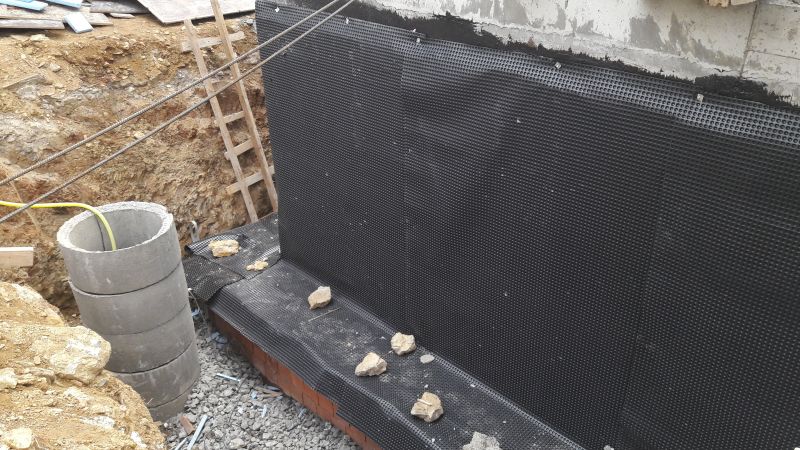
Small tweaks to make Waterproofings safer and easier to use.
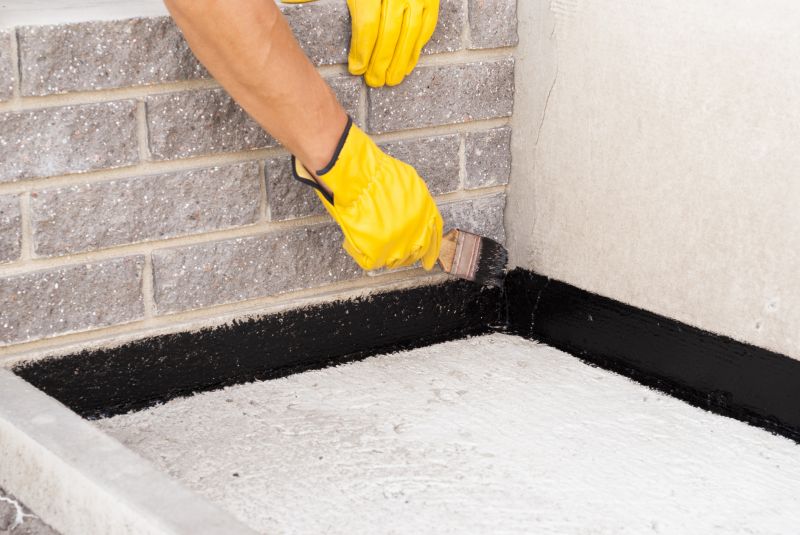
Lower-waste or water-saving choices for Waterproofings.
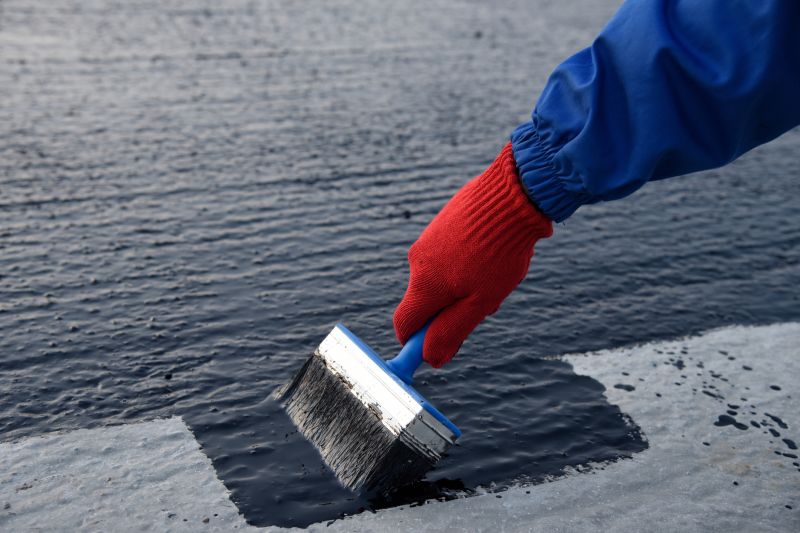
The short, realistic tool list for quality Waterproofings.
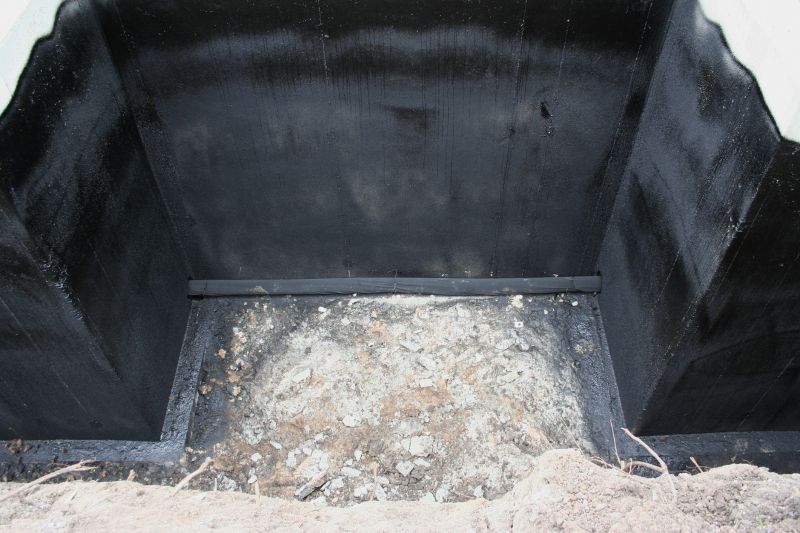
Rough timing from prep to clean-up for Waterproofings.
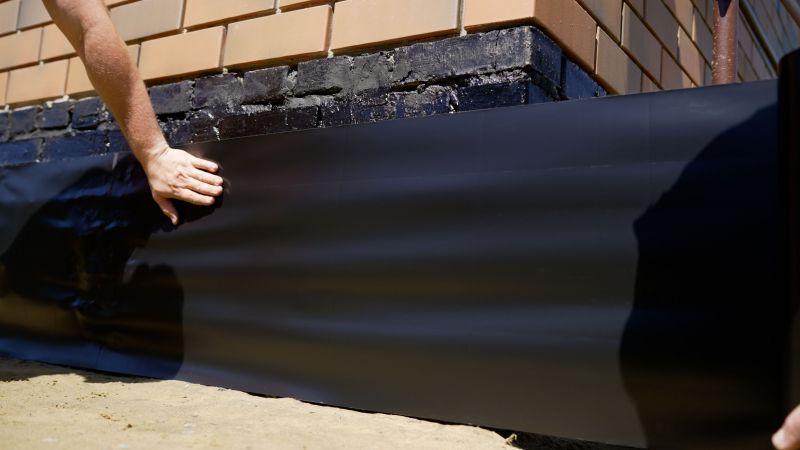
Quick checks and paperwork to keep after Waterproofings.

Examples that show the impact a good Waterproofings can make.
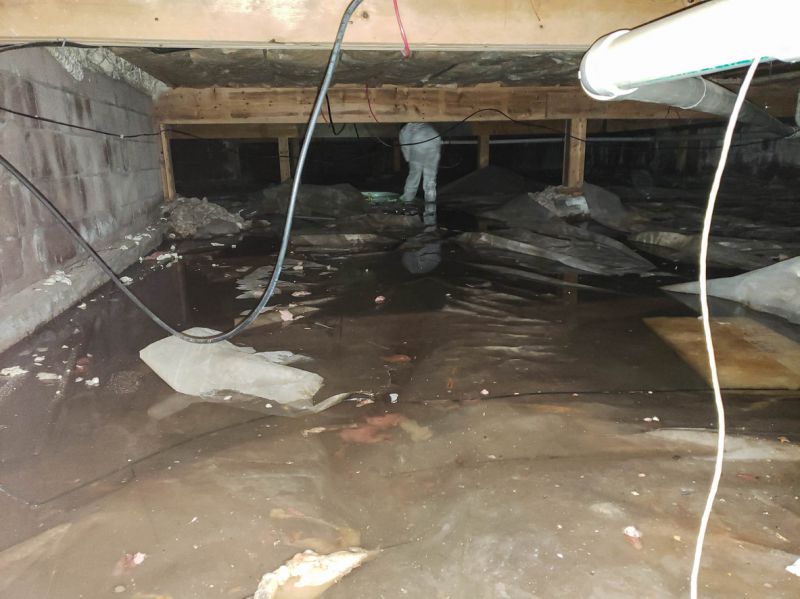
Ways to make Waterproofings work in tight or awkward layouts.
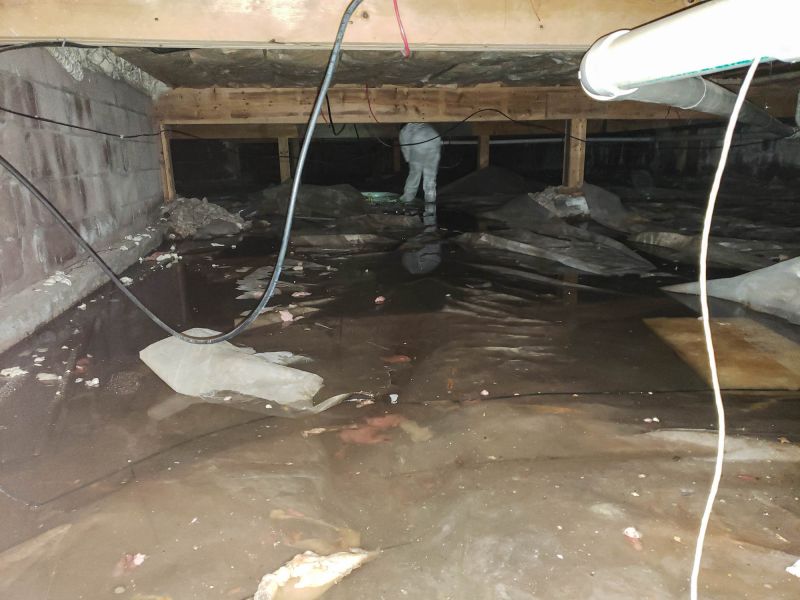
Ways to make Waterproofings work in tight or awkward layouts.
Interested in waterproofing services? Filling out the contact form can provide more information on scheduling and options suitable for specific structures and needs. Proper timing and application techniques are crucial for ensuring water resistance and structural integrity over time.





